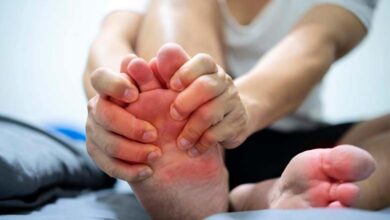Vitamin D Deficiency: beware, real danger!

Vitamin D exists in two forms: D2 (ergocalciferol) and D3 (cholecalciferol). It is found in food and in particular in eggs, cod liver, oily fish, oils, butter and avocado. It is also synthesized in the human body from a derivative of cholesterol under the action of UVB radiation from the sun.
Children, the elderly and postmenopausal women especially need vitamin D.
Indeed, it has a very important role in the functioning of our body. It serves in particular to maintain a normal bone mass, to properly absorb calcium and phosphorus by the intestines, it is important for a good maintenance of the immune system and its ability to heal wounds. It also plays an essential role in cell division. Lacking it can be a real danger.
The desirable vitamin D level must be greater than or equal to 30ng/ml (adults).
Vitamin D deficiency: different consequences depending on age
A lack of vitamin D can have many repercussions on the general functioning of the organism.
This can in particular cause muscle pain, bone pain or significant and lasting fatigue (asthenia). These symptoms can occur in people of any age.
In infants, muscle cramps may be the first symptoms of rickets. This disease affects young children and results in growth retardation and bone deformities. Muscle cramps are caused by low blood calcium levels in people who are (severely) deficient in vitamin D.
In young children, vitamin D deficiency can impair growth and cause abnormal curvature of the spine. These children may take a long time to walk.
In adults, the bones become more fragile, especially those of the spine, legs and pelvis. Fractures can occur more easily and frequently.












